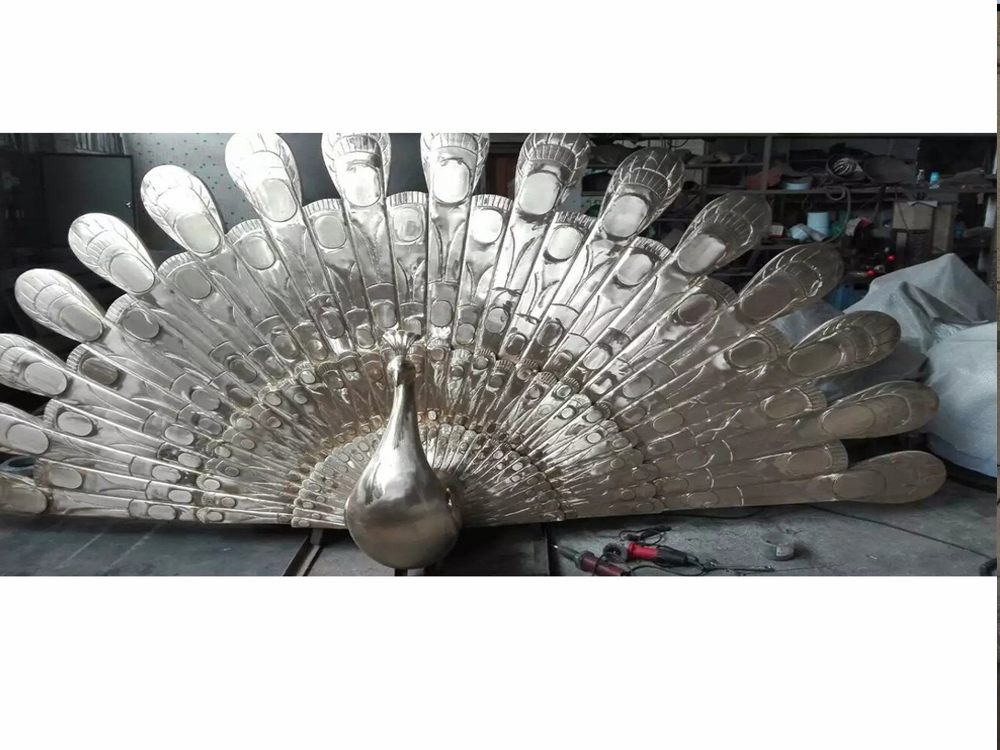
Stone sculptures, despite their solid and unchanging nature, can evoke a remarkable sense of movement and fluidity when crafted by skilled artists. This illusion of motion is achieved through a combination of technical mastery and artistic vision.
One key technique is the use of implied motion. Sculptors carve figures in mid-action—a dancer twirling, a horse galloping, or fabric billowing—to suggest ongoing movement. The positioning of limbs, the flow of drapery, and even the tilt of a head can create dynamic tension that makes the stone appear alive.
Another method involves manipulating the stone's surface. By polishing certain areas to a high sheen while leaving others rough, artists create contrasting textures that guide the viewer's eye in a rhythmic pattern. Light plays across these surfaces, enhancing the sense of movement as perspectives change.
The choice of stone also contributes to this effect. Softer stones like marble allow for delicate, flowing forms, while harder stones may be shaped to show powerful, energetic movements. Some artists even incorporate negative space—carefully carved voids that suggest motion through what isn't there.
Perhaps most importantly, successful movement in stone comes from the artist's ability to capture a single, perfect moment that implies what came before and what will follow—freezing time while suggesting its passage. This paradoxical achievement is what makes great stone sculpture truly timeless.

